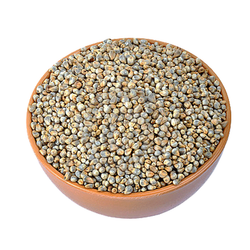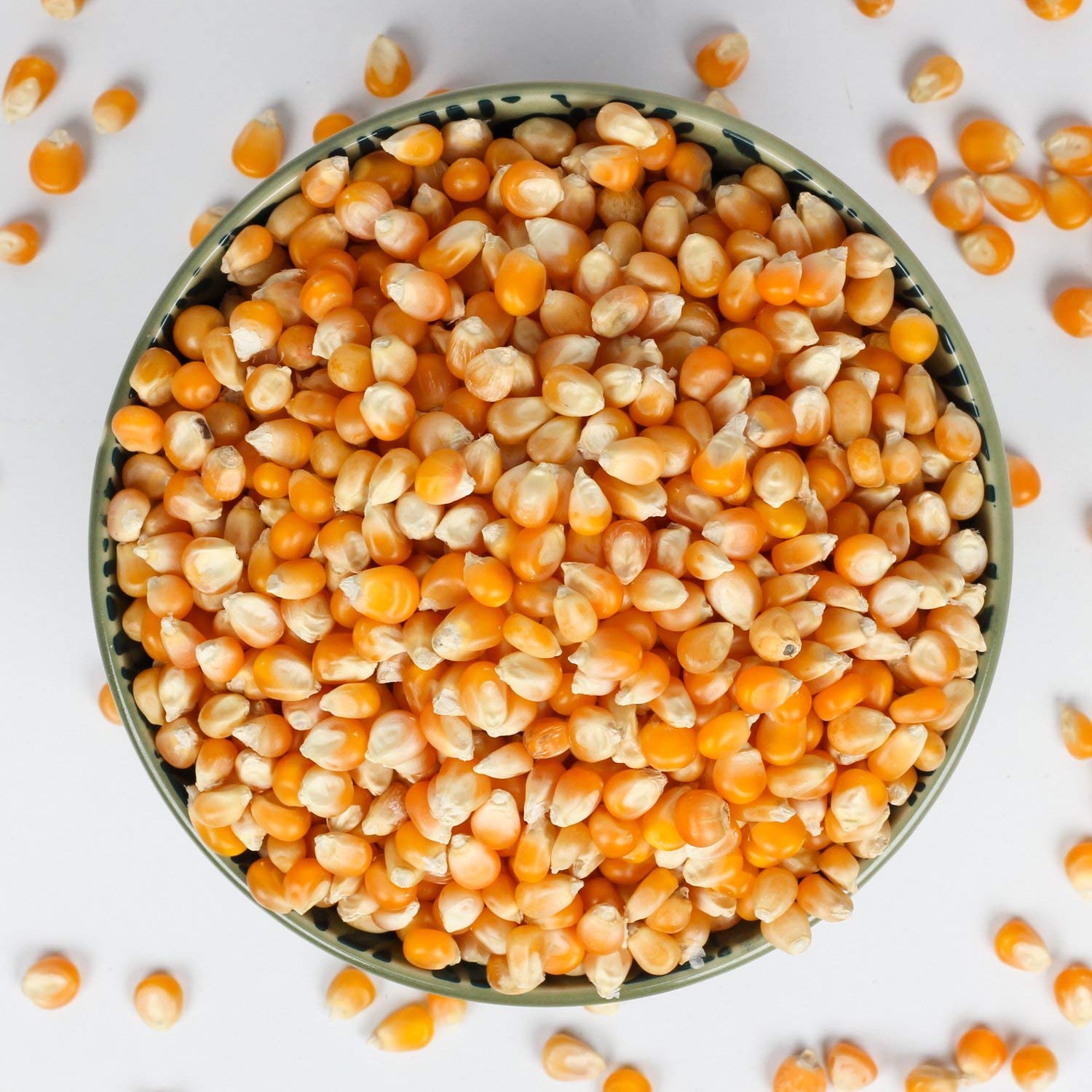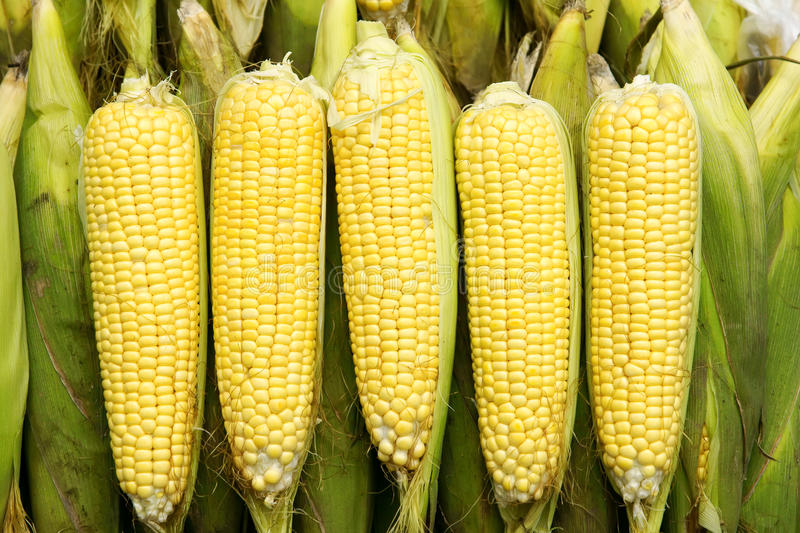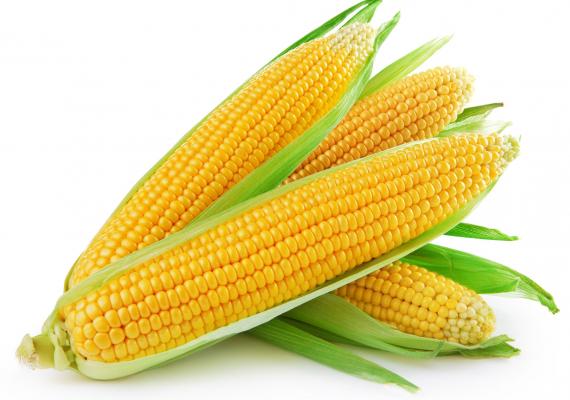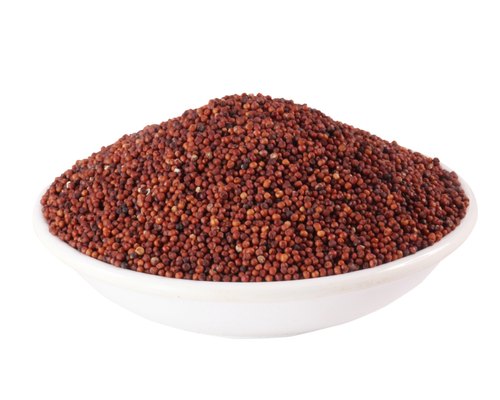Tartaric Acid
Micronutrient
Last update date: November 17, 2023
Tartaric acid is a naturally occuring organic acid. It is found in fruits and vegetables, such as bananas, citrus fruits, and tamarind. It is used as an acidifier and food preservative, in foods such as marmlades, ice-creams, jellies, juices, and other beverages.
Frequently Asked Questions
1.
What is Tartaric Acid?
Tartaric acid belongs to a group of natural acids known as alpha hydroxy acids (AHAs). It is derived from grapes and is commonly found in wine. Inhaling tartaric acid may lead to coughing. While tartaric acid has been used for conditions like asthma and swallowing difficulties, it's important to note that there is limited scientific evidence supporting these applications.
2.
What is positive impact of Tartaric Acid?
Tartaric acid offers several positive impacts on various applications, including: Improving Medication Taste: Tartaric acid is used to enhance the taste of oral medications, making them more palatable and easier to ingest. Chelating Metal Ions: It serves as a chelating agent, effectively binding to metal ions like magnesium and calcium, which can be beneficial in certain chemical processes. Leavening Agent: In recipes, tartaric acid is employed as a leavening agent, often used in combination with baking soda to create carbon dioxide gas, which helps dough and batter rise in baking. Antioxidant Properties: It possesses antioxidant properties, which can help combat oxidative stress in the body and may contribute to overall health. Wine Production: Tartaric acid is crucial in winemaking, influencing the taste and stability of wines.
3.
What is negative impact of Tartaric Acid?
While tartaric acid has its benefits, it's essential to be aware of its potential negative impacts: Dental Health Concerns: Excessive consumption of tartaric acid-rich foods and beverages can lead to tooth enamel erosion, resulting in dental issues such as cavities and tooth sensitivity. Digestive Discomfort: Overconsumption may cause digestive discomfort, including acid reflux, stomach upset, or heartburn, particularly in individuals with sensitive stomachs. Allergic Reactions: Rarely, some individuals may experience allergic reactions to tartaric acid, presenting symptoms like hives, itching, or breathing difficulties. Seek medical attention if suspected. Medication Interactions: Tartaric acid's chelating properties can interfere with the absorption of certain medications, particularly those containing metal ions like magnesium or calcium. Consult a healthcare provider if taking such medications.
4.
Who should avoid Tartaric Acid?
While tartaric acid is generally safe for most people, certain individuals should exercise caution or avoid it: Dental Sensitivity: Individuals with sensitive teeth or a history of dental issues should limit their consumption of tartaric acid-rich foods and beverages. Digestive Disorders: Those with pre-existing digestive disorders, such as acid reflux or gastritis, may want to minimize tartaric acid intake to prevent exacerbation of symptoms. Medication Users: If you are taking medications that can be affected by chelation with metal ions, consult your healthcare provider about tartaric acid consumption.
5.
What foods are high in tartaric acid?
Tartaric acid is naturally present in various foods and beverages. Common sources include: Grapes: Tartaric acid is abundant in grapes and grape-based products. Wine: It is a notable component in wine, contributing to its taste and acidity. Certain Fruits: Some fruits like tamarind and bananas contain tartaric acid in smaller amounts. Baking Ingredients: Tartaric acid can be found in baking powder, where it serves as a leavening agent. Soft Drinks: Some carbonated soft drinks may contain tartaric acid as an acidulant.
6.
What is tartaric acid found on?
Tartaric acid is naturally present in various foods and beverages. Common sources include: Grapes: Tartaric acid is abundant in grapes and grape-based products. Wine: It is a notable component in wine, contributing to its taste and acidity. Certain Fruits: Some fruits like tamarind and bananas contain tartaric acid in smaller amounts. Baking Ingredients: Tartaric acid can be found in baking powder, where it serves as a leavening agent. Soft Drinks: Some carbonated soft drinks may contain tartaric acid as an acidulant.
7.
What is another name for tartaric acid?
tartaric acid is also known as 2,3-dihydroxy succinic acid or Racemic acid.




